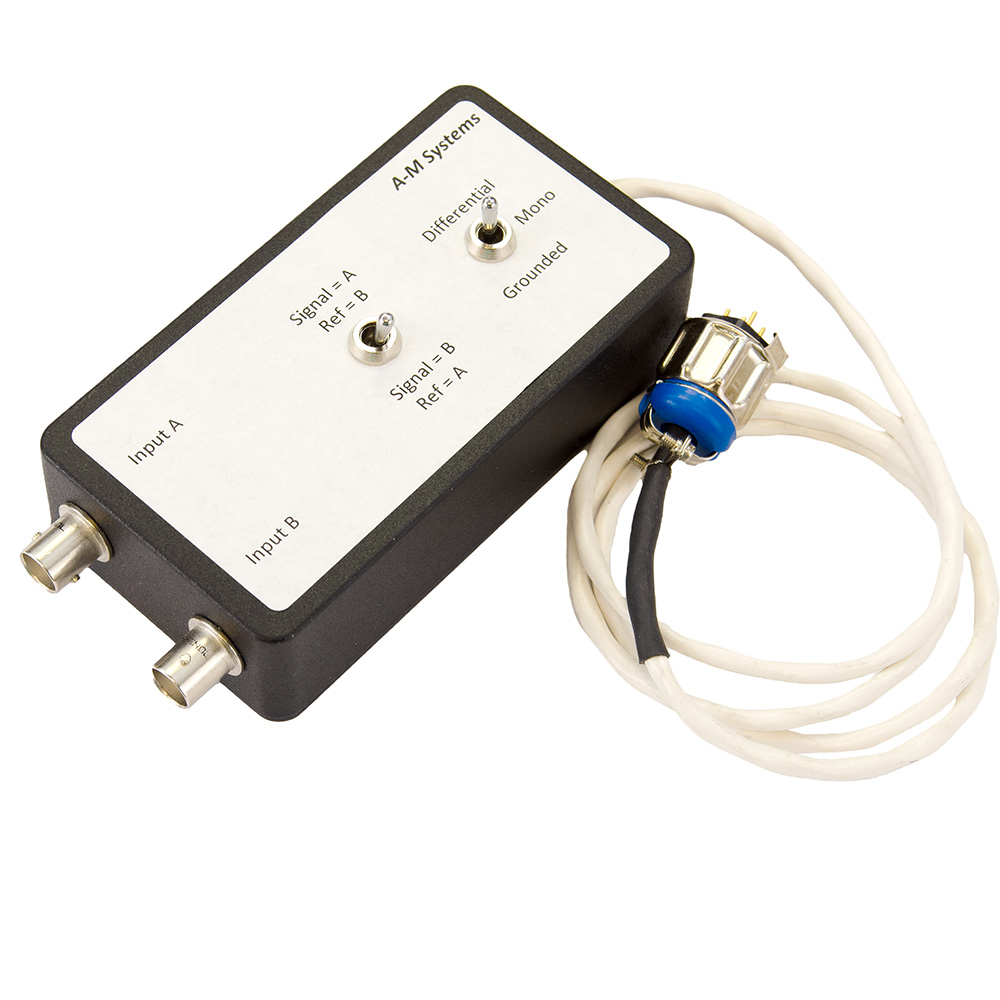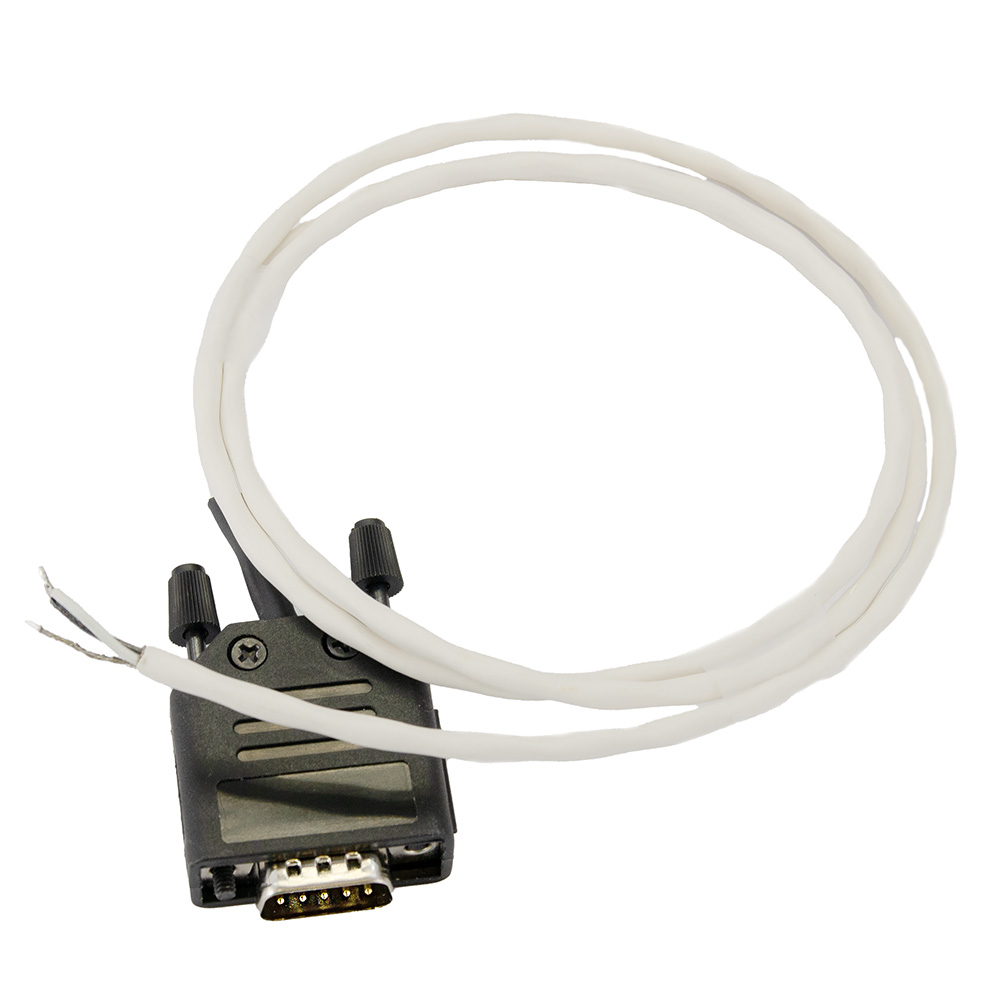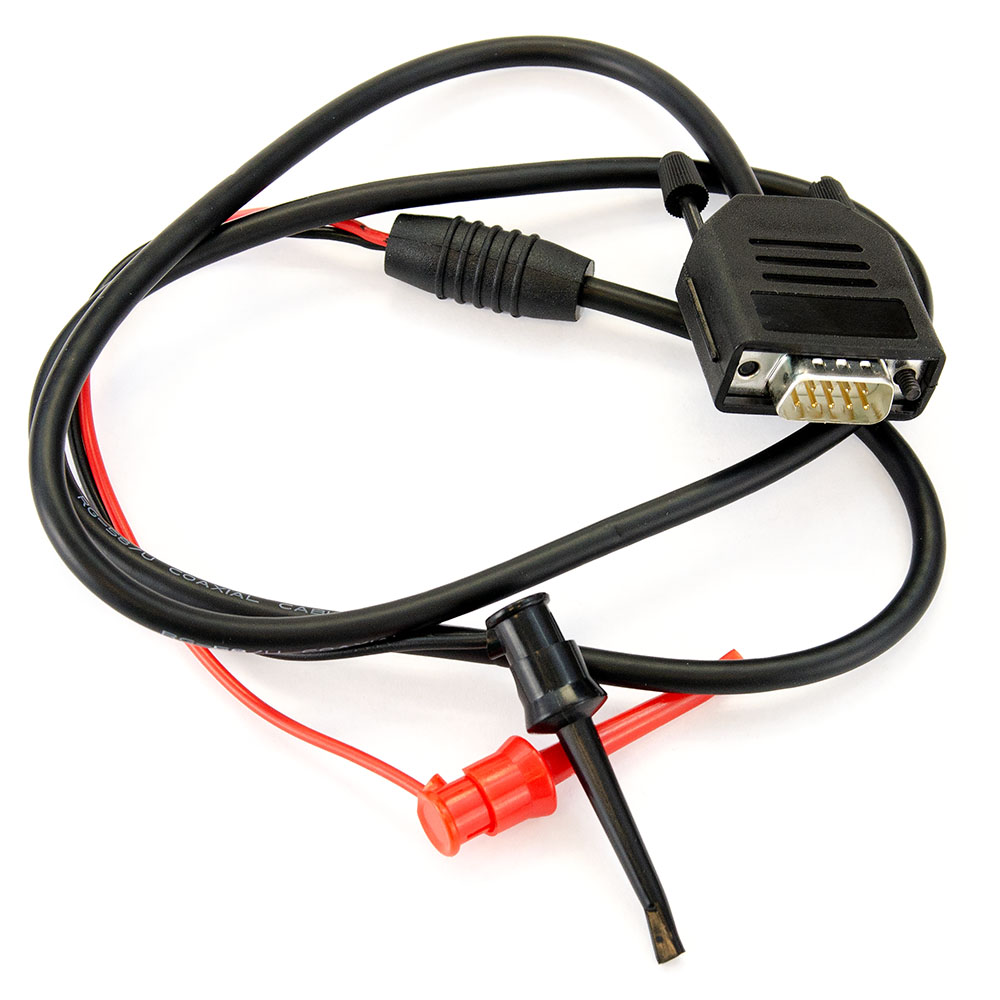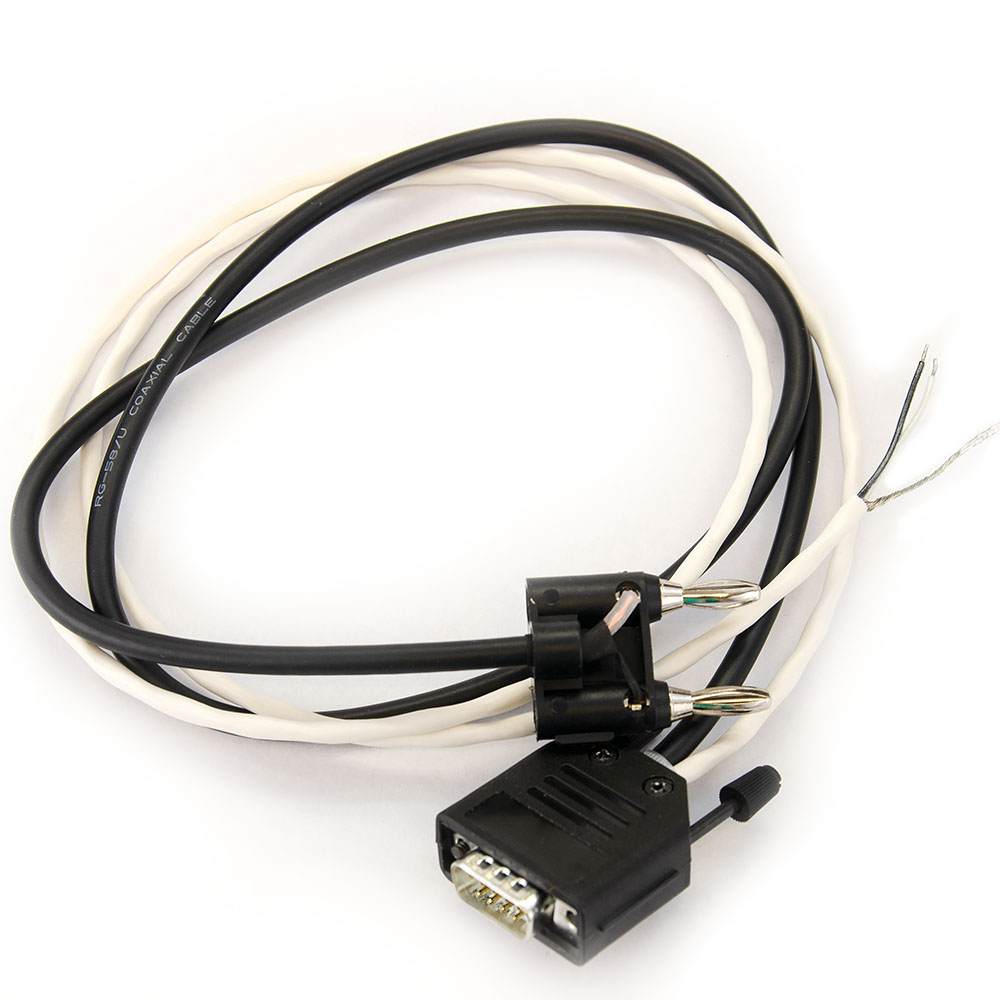Model 1700 Differential AC Amplifier
PERFECT FOR EXCITABLE TISSUE RECORDINGS
Ideal for multiple-unit recordings, evoked potentials,
EEG/EMG/EKG/ERG recordings, long-term potentiation and more.

Low Noise
1 µV p-p
Driven Shield Capability
Easy to Use
Analog Controls
Record or Stimulate Modes
Versatile
Optional Headstages
Customizeable Gain and Controls
The Model 1700 Differential AC Amplifier is perfect for excitable tissue recordings, whether in a reseach laboratory or teaching environment.
Common applications include, but are not limited to:
Multiple-Unit Recordings
Evoked Potentials
EEG/EMG/EKG/ERG recordings
Long-term Potentiation
The Model 1700 Differential AC Amplifier contains 4 independent amplifier channels in a single enclosure enabling the researcher to record multiple signals simultaneously. Each channel contains a high-gain, low-noise differential stage followed by low-pass, high pass, and notch filters. A connection is also provided for a stimulator input so that recording or stimulating through the same electrode is possible without having to change cabling.
Standard gain settings are x100, x1000 or x10,000, but they can be modified to meet your specific requirements. High and Low Pass filters are 2nd order Butterworth filters, and like the gain, the standard settings can be modified to meet your needs if required.
The Model 1700 Differential AC Amplifier is designed for use with low impedance (<1.5 MΩ) electrodes, and is therefore suitable for use with suction, nerve cuff, hook, surface, and simple metal electrodes. Optional record only headstages are available for situations where you would like to record from electrodes with higher impedances such as those used when recording neural spike action potentials.
Contact us to test-drive a Model 1700 in your own rig. No purchase required.
References
Awake functional MRI detects neural circuit dysfunction in a mouse model of autism. Tsurugizawa, et al. Science Advances 05 Feb 2020: Vol. 6,(6), eaav452
Signal Diversification Is Associated with Corollary Discharge Evolution in Weakly Electric Fish. Matasaburo Fukutomi and Bruce A. Carlson Journal of Neuroscience 12 August 2020, 40 (33) 6345-635
An implantable system for long-term assessment of atrial fibrillation substrate in unanesthetized rats exposed to underlying pathological conditions. Klapper-Goldstein, et al. Sci Rep 10, 553 (2020)
Selective and Context-Dependent Social and Behavioral Effects of Δ9-Tetrahydrocannabinol in Weakly Electric Fish. Neeley B, Overholt T, Artz E, Kinsey S, G, Marsat G. Brain Behav Evol 2018;91:214-227
- Voltage, fB = 10 Hz-10 kHz, typical: 1.0 µV, p-p
- Average Drift , maximum: ± 30.0 µV/Deg C
- Initial Bias Current, maximum: ± 0.4 nA
- Input Offset Current, maximum: ± 0.4 nA
- 1012 Ω || 50 pF
- 90 dB at 1 kHz
- x100: .11 VAC or .11 VDC ± 5%
- x1000: .011 VAC or .11 VDC ± 5%
- x10000: .0011 VAC or .11 VDC ± 5%
- Common Mode Rejection (CMR): 75 dB
- 2 V/µS
- Voltage Output: ± 11 V
- Current Output: 5 mA
- Output Resistance: >5 Ωs
- Cut-Off Frequencies: 0.1, 1.0, 10.0, 100, 300 Hz
- Cut-Off Rate: 40 dB/decade
- Cut-Off Frequencies: 0.5, 1.0, 5.0, 10, 20 kHz
- Cut-Off Rate: 40 dB/decade
- Center Frequency: 50 Hz or 60 Hz (factory preset)
- Rejection: >35 dB
Optional Record-Only Headstage
Many users are interested in the simultaneous recording of spike activity and LFPs or EEG. However, spike activity is often performed with high-impedance electrodes (impedance values greater than 1.5 MΩ) and thus require pre-amplifying headstages for effective recording of the neural signal.
Optional record-only headstages can be paired with the Model 1700 in order to perform such recordings. For a minimal modification fee, A-M Systems can modify any channel (or multiple channels) to work with the headstage. We currently offer single and dual channel headstages, and we will be offering a miniature four channel headstage in the near future.
In addition, we can modify the Model 1700 to record both spike and LFP/EEG from the same electrode-headstage combination, by routing the post headstage signal to two separate Model 1700 channels, where each channel has independent gain and filtering. Please contact us for pricing and ordering information.
Modification of Model 1700
It is important to note that modifying the Model 1700 to work with a headstage does comes with a functional cost. Putting a headstage on the front end of one of these units eliminates the ability to use the stimulation mode on that channel of the amplifier, thereby preventing the user from passing current to the site through the electrode. In addition, the headstage is a DC unit, thus the amplifier will saturate if the offset between the electrode and the reference is too large. In the modified units, this is 1 V, which should still provide plenty of room to record most signals.
When we modify a unit for use with a headstage, we decrease the gain on the inner channels by a factor of 10, so the overall gain remains as indicated on the switch labels. The modification consists of supplying power to drive the headstage, and this requires a slight circuit modification.
Please contact us for an accurate price quote for the modification.
A driven shield is used with the INPUT connector to minimize the effect of capacitance on the cable, thus increasing common mode rejection. The shield is driven by a low impedance source with a differential signal voltage from the amplifier. This driven shield (the silver braid) should not be connected to ground, as this will cause noise in the input signal. Instructions on how to convert pin H to a ground or shield can be found in the manual. By default, new instruments are shipped from the factory with the mesh configured as a driven shield.
While minimizing the distance between the electrodes and the amplifier is always preferred, in some situations extended cables are necessary. We have found 12 feet to be the limit before signals start to be impacted. Extended cables can be purchased from A-M Systems.

While we do not have an adapter, the 5-pin to BNC (Catalog# 701850) can be used as an input cable.
Yes, products 693050 (Record only cable adapter) and 693055 (recording and stimulating cable adapter) will allow you to connect cables with 5-pin male connectors to the DB9 connector.
Requesting a Quote Is Simple
Add your desired products to cart, and choose "Request Quote" as your payment option at checkout.
We will generate a formal quote and email it to you usually in less than 24 hours.
If you have additional requirements, please add them to the Order Notes and click save (as shown in the image).








